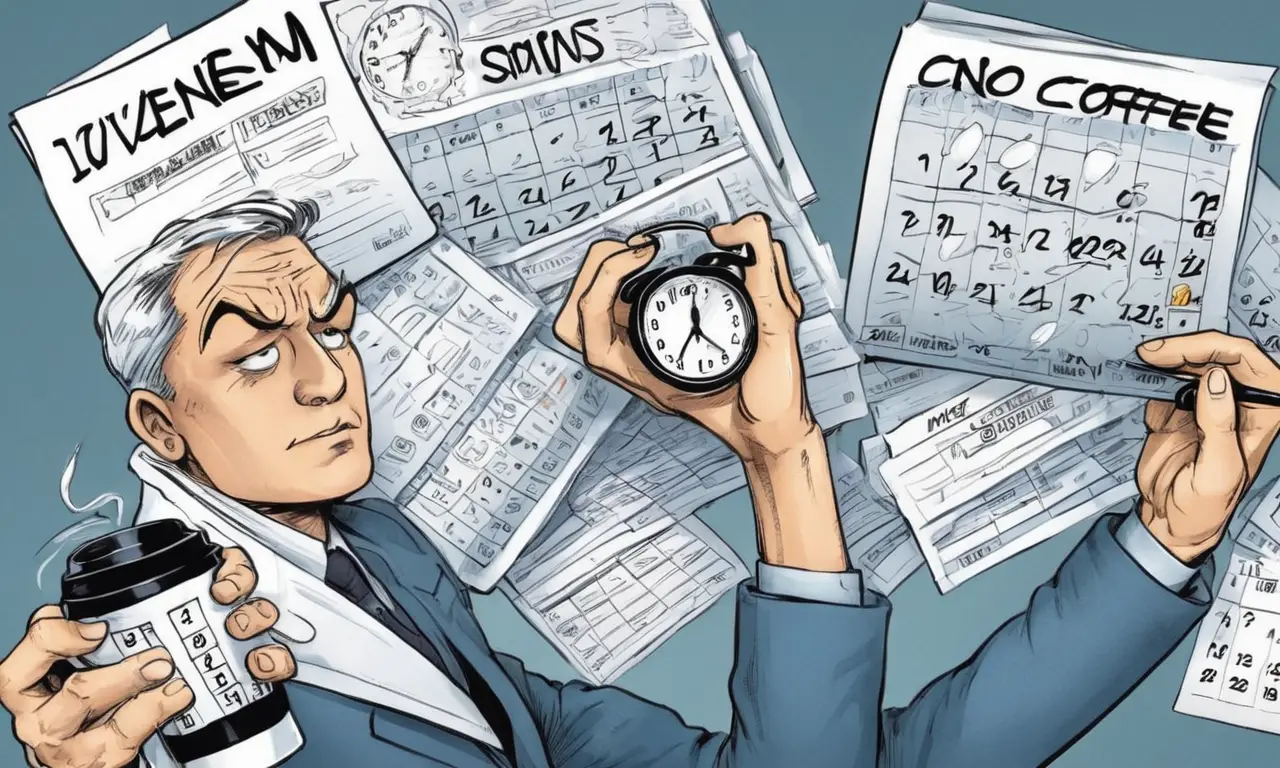
The modern workforce often demands flexibility and dedication, sometimes requiring employees to take on double shifts. While this can offer financial benefits or help cover staffing shortages, it also presents unique challenges. This article delves into the intricacies of double shifts, exploring their definition, the demands they place on individuals, and strategies for effective management.
We’ll examine what constitutes a double shift, analyze its physical and mental toll, and provide practical tips for navigating workload, scheduling conflicts, and prioritizing well-being. By understanding these aspects, employees can make informed decisions about accepting double shifts and mitigate potential negative impacts.
Double Shift Definition
What is considered a double shift? Essentially, it involves completing two consecutive work shifts within a single workday. This means working for an extended period, often encompassing the entire day or night, effectively doubling your usual work hours.
The specific duration of a double shift can vary depending on industry and employer policies. In some cases, it might involve working a standard eight-hour shift followed immediately by another eight-hour shift. Other scenarios could see employees working longer shifts, such as ten or twelve hours each, back-to-back.
It’s important to note that the definition of a double shift can differ from company to company. Some employers might consider any two consecutive shifts exceeding a certain number of hours as a double shift, while others might have more specific criteria based on job roles and industry standards.
Demands of a Double Shift

Working a double shift presents significant demands on both physical and mental well-being. The extended work hours can lead to fatigue, reduced cognitive function, and increased risk of errors. Physically, the strain of prolonged standing, repetitive motions, or heavy lifting can contribute to musculoskeletal issues and discomfort.
Mentally, the constant pressure of working long hours can result in stress, anxiety, and difficulty concentrating. The lack of breaks and downtime can also exacerbate these feelings, making it challenging to maintain focus and productivity throughout the extended workday.
Furthermore, double shifts often disrupt sleep patterns, leading to further fatigue and impacting overall health. The limited time for personal activities, meals, and social interactions can also contribute to feelings of isolation and stress.
Managing Double Shifts
Effectively managing double shifts requires careful planning, self-care strategies, and open communication with employers.
Prioritizing sleep is crucial for recovering from the physical and mental demands of a double shift. Aim for at least seven to eight hours of quality sleep whenever possible, even if it means adjusting your schedule or taking naps during breaks. Maintaining a healthy diet and staying hydrated throughout the workday can also help boost energy levels and improve focus.
Workload and Scheduling

Open communication with supervisors about workload expectations and potential scheduling conflicts is essential when working double shifts. Discuss any concerns regarding the volume of work, deadlines, or potential safety risks associated with extended hours.
Collaborate with colleagues to share responsibilities and support each other during busy periods. Explore flexible scheduling options, such as rotating shifts or compressed workweeks, to minimize the frequency of double shifts and allow for adequate rest and recovery.
Employee Well-being
Prioritizing employee well-being is crucial when implementing double shift arrangements. Employers should provide clear guidelines regarding break times, meal periods, and safety protocols during extended work hours.
Offer access to resources such as on-site fitness facilities, mental health support programs, or ergonomic assessments to help employees manage the physical and emotional demands of their jobs. Encourage a culture of open communication where employees feel comfortable discussing concerns and seeking assistance when needed.
Conclusion
Working double shifts can be both challenging and rewarding. While it offers potential financial benefits and helps meet staffing needs, it also places significant demands on employee well-being. Understanding the definition of a double shift, its inherent challenges, and effective management strategies is crucial for both employers and employees.
By prioritizing open communication, workload management, and employee well-being, organizations can create a supportive environment that allows individuals to navigate double shifts safely and effectively.
